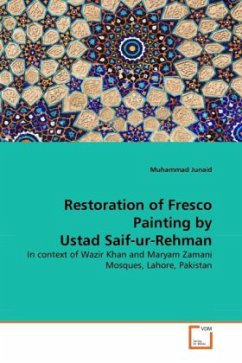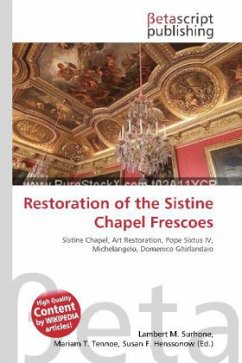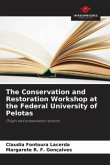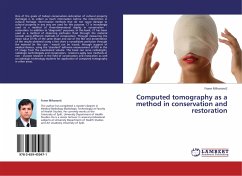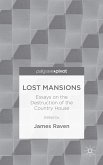The use of Fresco painting as a wall decoration has been popular around the world since early days. It is during the Mughal era (1526-1857 AD) in the sub-continent when Fresco painting attained its classical zenith which can be witnessed as splendid surface decoration in Maryam Zamani Mosque (15th century) and Wazir Khan Mosque (16th century) in Lahore, Pakistan. The natural decay of sensitive Fresco paintings along with historical buildings with the passage of time, unfavourable climate, and human negligence resulted in deterioration and destruction of these jewels of the past. This study documents the contribution of traditional master fresco painter, Saif-ur-Rehman, which took as many as thirty years of his life. Fresco painting is an endangered art; its harmonious restoration can be achieved only by application of traditional materials and methods. In order to prevent further deterioration, there is a dire need of reviving and promoting these traditional arts with the help ofthe remaining few traditional art masters in Pakistan.

